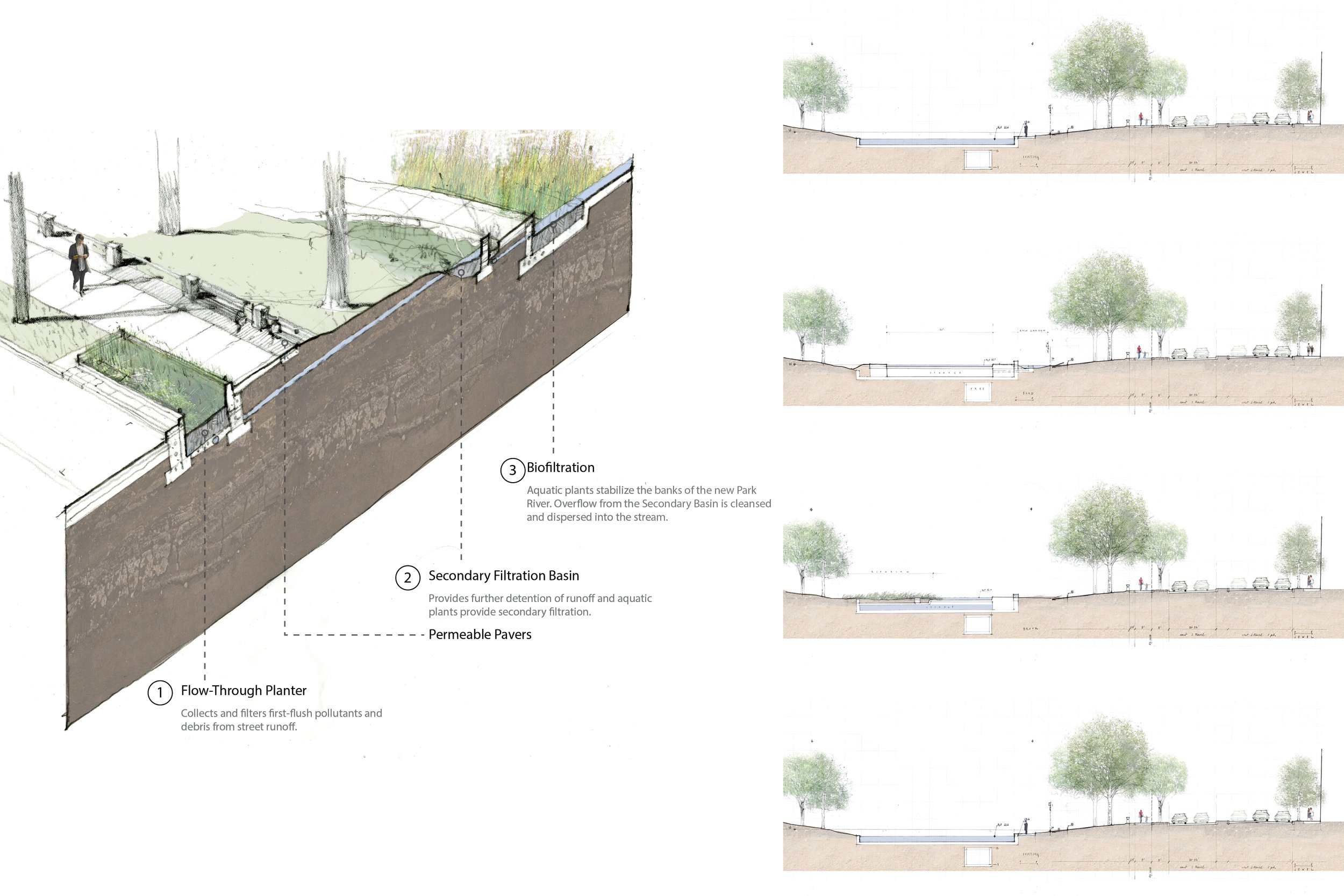CHARLOTTESVILLE, VA | Thomas Jefferson’s vision for the University of Virginia’s “Academical Village” has served as a model of American academic planning, demonstrating that the physical environment for living and learning is critical to the success of higher education. The Landscape Framework Plan (LFP) builds on the University’s planning traditions and considers numerous planning studies that anticipate programmatic growth in the Health System, Arts and Sciences, transit, athletics, recreation, and residential life, as well as shifts in parking priorities. The LFP helps structure the pressures on the existing landscape fabric by prioritizing projects in three precincts. It is a reference document for consultants, facilities, and the university administration.











































